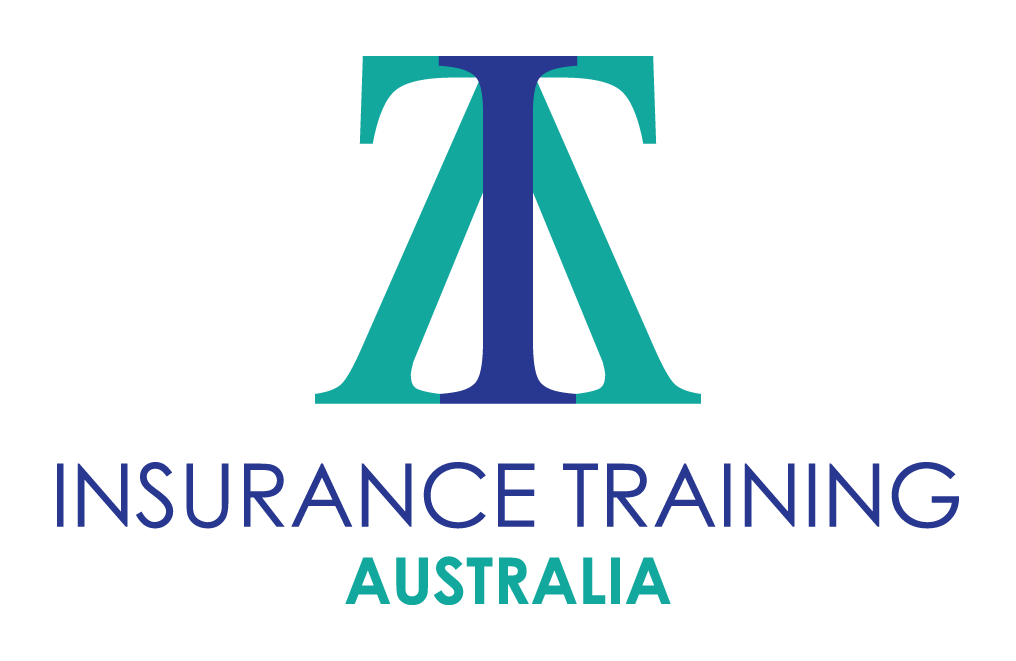When a client asks: “Which limit do you recommend I purchase?”

Earlier this year I posted an article entitled Policy Limits – 5 Key Areas to Review.
I recommend reading that article before this one which addresses one of the most common questions clients ask brokers on claims-made policies: “Which limit do you recommend I purchase?”. In my commentary below I will not only touch on how to handle this question, but also examine the valuable advice you can provide to your clients to help guide their “limit decision”.
At the outset it is important to state that what you are trying to avoid is your client acting on your explicit instructions to bind a particular limit (and then that limit being insufficient to cover a possible future claim(s)!).
I suggest that you start by explaining to your client that you are unable to tell them which limit they should buy. Immediately after stating this though, focus on how you can still provide them valuable guidance which enables them to make an informed “limit decision”. The following are some examples of areas you should direct them to consider:
#1 Limit Requirements – Regulatory, Industry or Association
The first consideration for clients should be whether they are required to hold a certain limit to comply with any regulatory, industry and/or association requirements. Such requirements can go beyond the limit that needs to be purchased to also include, for example, how defence costs are arranged (see #3 in “Policy Limits – 5 Key Areas to Review” article).
#2 Claims-Made Policy Considerations
Clients also need to consider the claims-made nature of the policy. Specifically, is prior acts coverage included (via a retroactive date), and if it is, from when are such prior acts covered.
Of importance is also the number of individuals and/or companies the policy covers. When considering this, clients need to bear in mind that the policy will normally cover past, present, and future individuals. The situation for companies is more nuanced here and needs to be examined carefully. Note that the limit purchased will be normally be shared between all parties – individuals and companies.
#3 Coverage Sections
If there are multiple coverage sections, such as under a Management Liability policy, clients need to consider whether the limit is “separate” or “shared” across the various coverage sections (see #1 “Policy Limits – 5 Key Areas to Review” article). If the limit is “shared”, greater consideration needs to be given about the consequences of one claim eroding the limit available for future claims.
#4 Other Factors
Clients also need to consider, amongst others: the size of their business; the size of their clients or contracts; the nature of their services and any possible changes to them; the possibility of future geographical expansion; and the likelihood of any future mergers or acquisitions.

Benchmarking
A final word regarding benchmarking. Clients (and prospects) will often ask you to benchmark their limit(s) against their peers/competitors. Whilst benchmarking can be a useful exercise, it is another example of where we need to be careful as brokers. When providing benchmarking information, I suggest clearly stating that each individual insured has its own specific risk profile, and that benchmarking should only be used as a loose guide.
Besides, by providing benchmarking information we are potentially creating an “arms race” (as one of my former colleagues used to say), where one client increases their limit beyond a competitor’s. This then perpetuates the cycle of buying higher and higher limits which is problematic from both a client affordability perspective and a capacity perspective – particularly in a hard market.
In summary, the “which limit do you recommend I purchase?” question is one that is fraught with danger for brokers. It must be appropriately handled to ensure that we balance our client’s need for a meaningful response with the need to protect ourselves from a disgruntled client following a policy claim with an insufficient limit.
Please note that the topic discussed in this article, and many others, are more thoroughly examined in our ANZIIF / NIBA accredited training modules delivered in-person or live on-line. In addition to our modules, we also conduct training on specific topics and mentoring services to insurance professionals. Given my 18 years of broking experience I thoroughly understand what brokers do and am passionate about imparting my knowledge and experience with you. I hold a Master in Risk Management & Insurance and am also a qualified trainer. I would love to assist you with your training needs.
Disclaimer: The information provided in this article is not, and is not intended to, constitute legal or financial product advice. It is intended to provide general information in relation to the topic being discussed which is only current as at the date of this article.
The information contained in this article is protected by copyright.

